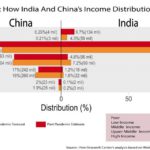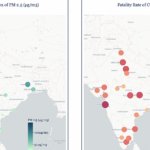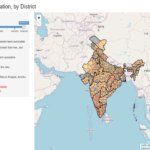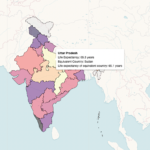Picture This: Can India emulate China and eradicate malaria?
After a 70-year-long effort, China has finally been declared malaria-free by the WHO. The WHO notes that China used to report around 40 million cases of malaria annually in the 1940s. Globally, 40 countries have been declared malaria-free by the WHO.
The global deadline for eradicating malaria is 2030. In 2017, India announced the National Strategic Plan for Malaria Elimination (2017-2022). Under this plan, India plans to eradicate malaria in the country by 2027. The picture above tells us about the reduction in number of malaria cases, deaths, and Annual Parasite Index (API) since 1995.
According to the WHO, “API is the number of confirmed new cases from malaria registered in a specific year, expressed per 1,000 individuals under surveillance.” Therefore, a reduction in API number points to lower incidences of malaria in the country.
India reported nearly 3 million malaria cases in 1995 with 1,151 deaths. The total number of cases reported came down to 1.6 million in 2010 with 1,018 deaths. India has seen a consistent and significant decline in both incidences of and deaths from malaria since 2010. 2010 was the last year when India reported over 1,000 deaths due to malaria.
Since 2012, India’s API has been less than 1. In 2020, India had a provisional API of 0.13 only with only 63 deaths out of 181,831 reported cases. To view India’s API over the years, click on the drop-down menu in the top left corner of the graphic above.
Odisha and Chhattisgarh report the highest number of malaria cases in the country. In 2021, India has seen 14 deaths from malaria till March 2021. 10 out of these 14 deaths have been reported from Chhattisgarh.
In 2020, after four years of zero indigenous malaria cases, China applied for WHO certification to be declared malaria-free. Like China, India has also made significant progress in controlling malaria and eradication may not be far away.
If you wish to republish this article or use an extract or chart, please read CEDA’s republishing guidelines.




